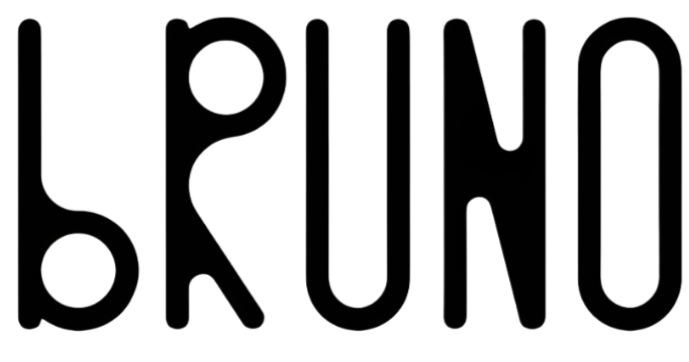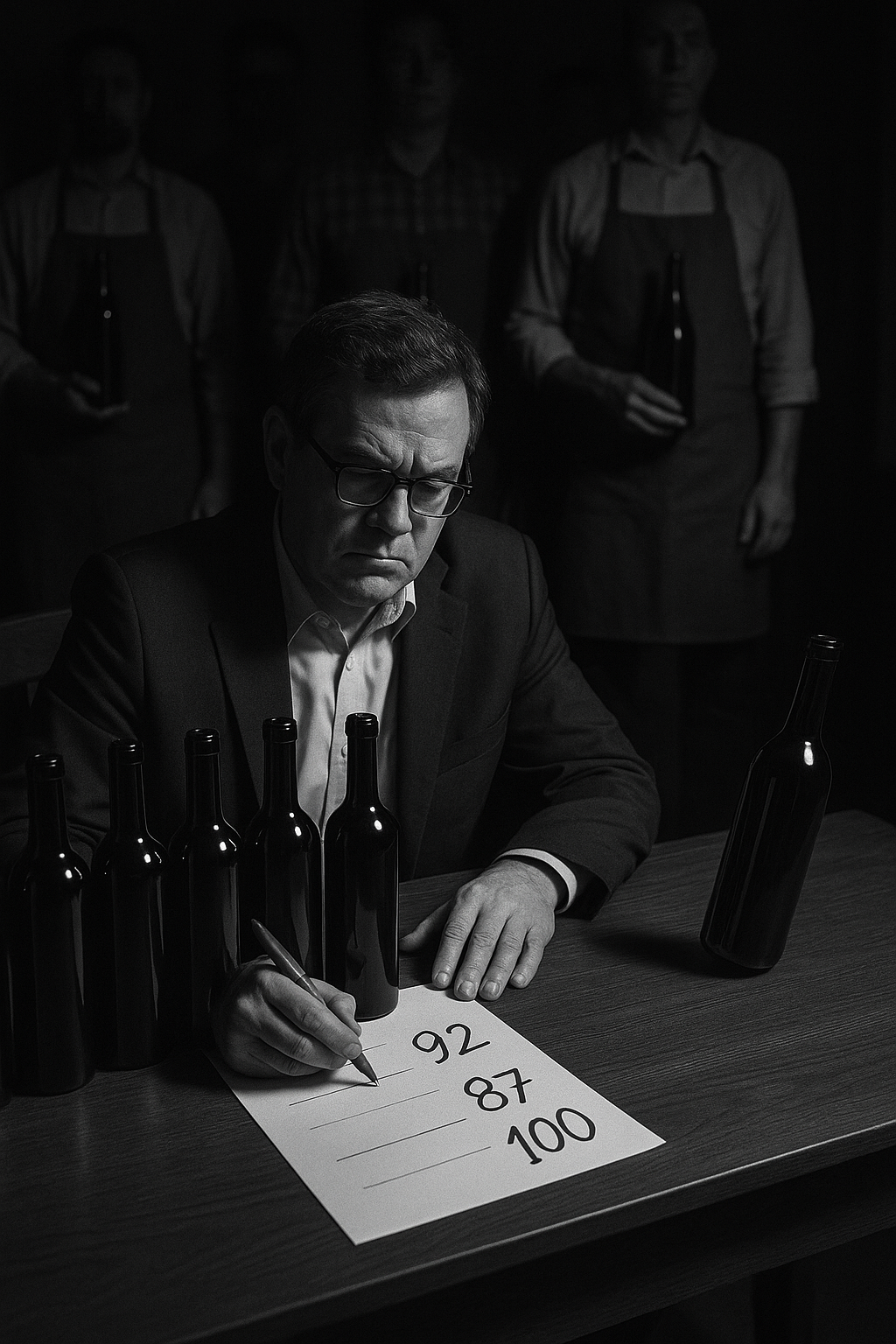And why we don’t play by it
Robert Parker didn’t look like the kind of guy who would change the wine world. He was a lawyer from Baltimore who loved to drink and hated how confusing wine felt. Back in the 1970s, if you wanted to know if a bottle was any good, you trusted merchants, vague adjectives, or your luck. Wine writing was mostly for insiders, full of flowery language that meant nothing to regular drinkers.
So Parker did something radical. He launched The Wine Advocate in 1978 and gave every bottle a grade. Not “medium body with hints of cedar” but a clean number from 50 to 100. Suddenly, wine had the same system Americans already knew from school. Ninety was an A. Eighty-five was a B. One hundred was perfect. No dictionary needed.
And it caught fire.
Retailers started printing Parker scores on their shelves. Collectors used them to decide what to buy. Auctions shifted prices depending on his ratings. Whole regions rose or fell based on what Parker thought. Napa exploded in the 1980s and 1990s largely because Parker liked the style: bold fruit, high alcohol, heavy oak. Bordeaux producers, some of the most traditional in the world, quietly tweaked their winemaking to match his taste. In chasing Parker’s approval, they were chasing global markets.
The 100-point scale became the law of the land. A bottle scoring 92 sold out. A bottle with 87 gathered dust. A single number decided whether a wine was celebrated or ignored.
Here’s the problem: when you reward numbers, you punish character. Wines that didn’t fit Parker’s palate were sidelined. Lighter styles, quirky grapes, subtle bottles that reveal themselves slowly — they didn’t get the same shine. Entire regions reshaped themselves to impress one man’s taste buds. Parker wasn’t just grading wine. He was rewriting it.
And let’s be honest: numbers are comforting because they feel objective. But wine isn’t math. It’s alive. The same bottle tastes different on Tuesday than it does on Saturday night with friends. Blind tastings often show “98-point” wines losing to cheap blends. Critics change their minds. But the number on the shelf doesn’t budge.
That’s how the system traps drinkers. A 94 looks safe. A 100 looks legendary. And in chasing those scores, you stop trusting yourself. You stop listening to your own palate.
At Bruno, we think that’s insane. A number can’t tell you if a wine will stop you mid-sentence. It can’t measure goosebumps, or that pause when you take a sip and think: damn, this is it.
We don’t pick bottles because they hit the right metrics. We pick them because they hit. Because they have personality. Because they don’t need Parker’s ghost to justify their existence.
Robert Parker built a system that turned wine into homework. We’d rather bring back curiosity.
Drink Different. Or Die Bored.
Cheers,
Bruno



Share:
The Grape That Was Never Supposed to Rule
The Day Napa Smoked Bordeaux